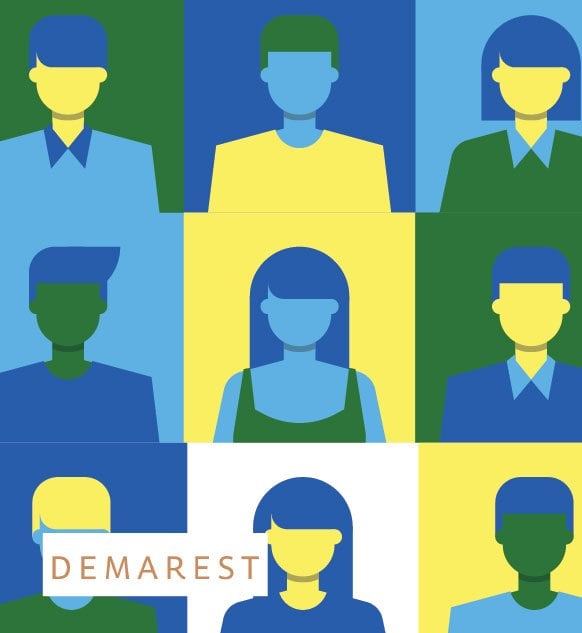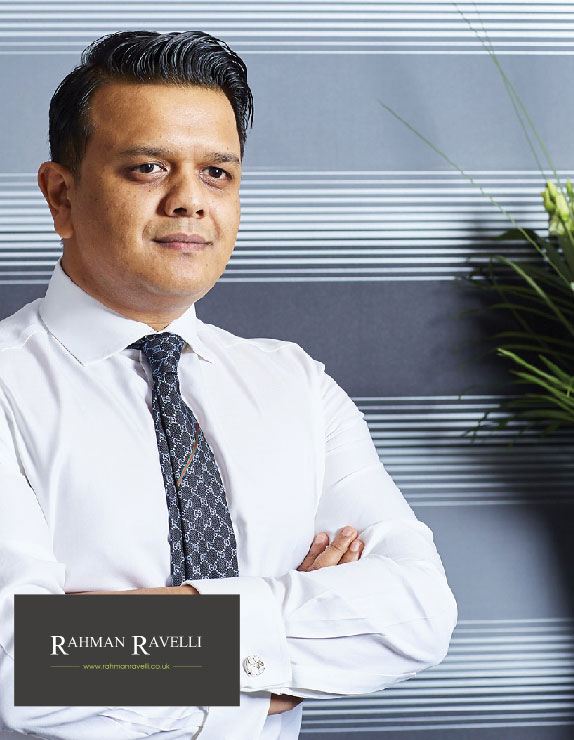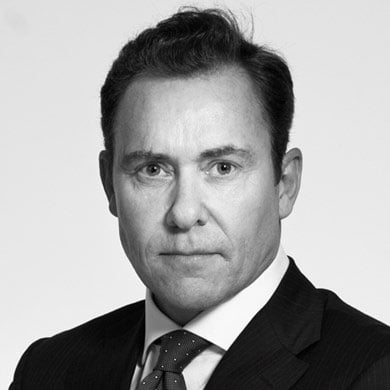In the summer of 2018 I heard Richard Foley, our senior partner, speak about how diversity of thought improves the quality of decision making. Perhaps somewhat bravely, I approached him and asked, ‘how can we better embrace this value at Pinsent Masons?’ I suggested what I then thought to be the solution: a junior board. In the true spirit of our leadership style, Richard gave me, a junior solicitor in my twenties, ownership to go away with a small team (our Director of Knowledge and Innovation Delivery and our Head of Responsible Business, no less) to research and design a board that would work for Pinsent Masons.
In April 2019, after receiving enthusiastic approval, we announced our initiative internally. Within hours I had received hundreds of supportive emails. Our proposal was not, in fact, a junior board. Over the months of research (speaking to internal connections, clients, and business contacts) we designed the Spark Board. The Spark Board takes the best ingredients of many board designs for Pinsent Masons and gives us an ambitious group of eight diverse individuals – from across our international network, from Edinburgh to Dubai and Melbourne. We are all below partner, legal director, and director of operations level, but we have not been subject to an age limit and we are certainly not all lawyers – in fact the group includes a forensic accountant and a responsible business expert. We are not elected representatives either – we have been appointed on the basis that we think differently, have diverse backgrounds, and bring different strengths to the boardroom.
So, we are not a mirror (or shadow) board made up of senior individuals looking to step in to the management board roles, and we are not a junior board aged between 25 and 35 years placed a step away from the management board. We have not followed a template and we are certainly the first ever Spark Board.
Consideration was given to appointing a junior person to the Board instead, but we concluded that creating the Spark Board goes one better. Putting one junior colleague on to the Board to embody the views of thousands of colleagues around the world would place a huge amount of responsibility, pressure, and expectation on to the shoulders of just one person, and it would offer only one person’s perspective. The benefit of the Spark Board is that it offers the collective thinking of eight people from all around the business.
Our aim is to inform the strategic decision-making of the Board in an inclusive way that increases the connection between senior management and junior colleagues. We are doing this in two ways. First, we receive advisory projects delegated from the Board which ask, ‘we’re considering this, what do you think?’ Second, we have thinking projects which allow us to put forward proposals to the Board that we think need attention. Where our advisory projects give the Board a diverse thinking resource and the ability to ‘test the waters’, our thinking projects enable us to put forward our invaluable insight given our proximity to our people on the ground.
At the end of our term, we will all be replaced by new applicants to ensure that we have a completely fresh set of individuals bringing new ideas. This is important in ensuring that decision-making is informed by the widest possible range of talents.
As always, the proof will be in the pudding as to the success of this project, but a good benchmark for our firm and our stakeholders will be whether the Board choose to implement the Spark Board’s proposals, the success of such initiatives, and whether our community feels better engaged with our Board on a global scale.
“As we continue to transition our business we know our decision-making needs to be informed by the widest possible range of talents within our business. If we want our business to work better we have to be prepared to push a few boundaries and that includes around key decision-making. I am really excited about the contribution the Spark Board will make to that and I’m looking forward to working with the team”
Richard Foley, Pinsent Masons’ senior partner
















